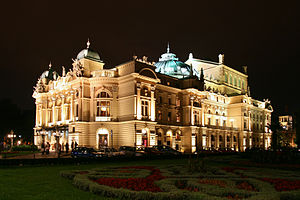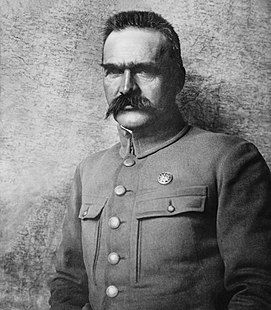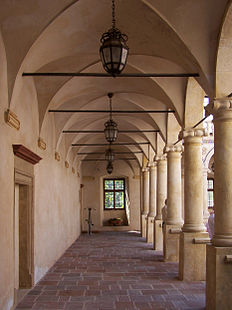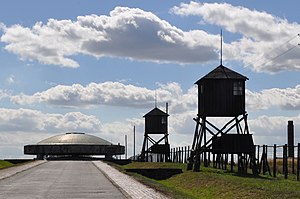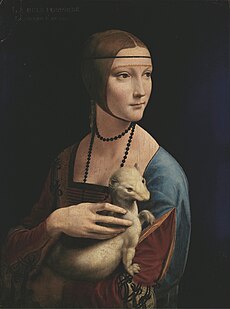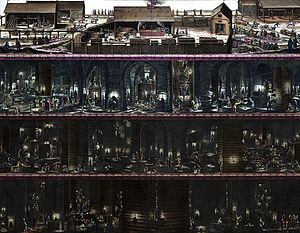Portal:Poland/Selected picture
These are Poland-related pictures that appear on the Poland Portal. See talk page for instructions about adding new images.
Selected picture 1
Portal:Poland/Selected picture/1
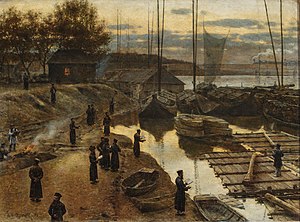
Selected picture 2
Portal:Poland/Selected picture/2

Selected picture 3
Portal:Poland/Selected picture/3

Selected picture 4
Portal:Poland/Selected picture/4
Selected picture 5
Portal:Poland/Selected picture/5

Selected picture 6
Portal:Poland/Selected picture/6
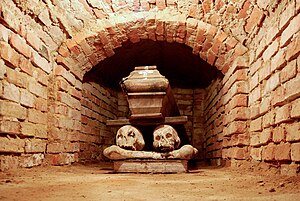
Selected picture 7
Portal:Poland/Selected picture/7
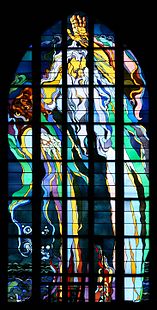
Selected picture 8
Portal:Poland/Selected picture/8
Selected picture 9
Portal:Poland/Selected picture/9

Selected picture 10
Portal:Poland/Selected picture/10

Selected picture 11
Portal:Poland/Selected picture/11
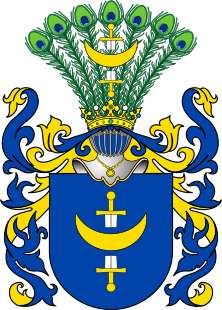
Selected picture 12
Portal:Poland/Selected picture/12

Selected picture 13
Portal:Poland/Selected picture/13
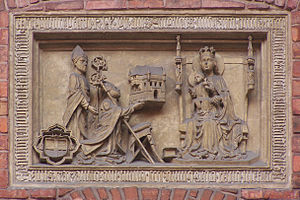
Selected picture 14
Portal:Poland/Selected picture/14

Selected picture 15
Portal:Poland/Selected picture/15
See a version with labeled peaks.
Selected picture 16
Portal:Poland/Selected picture/16
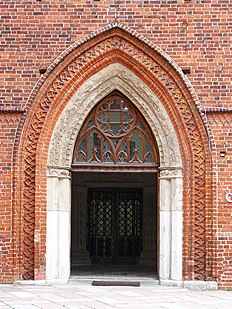
Selected picture 17
Portal:Poland/Selected picture/17
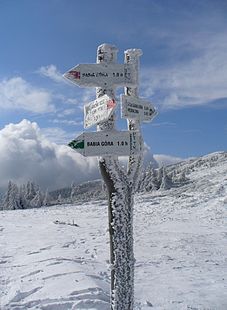
Selected picture 18
Portal:Poland/Selected picture/18

Selected picture 19
Portal:Poland/Selected picture/19

Selected picture 20
Portal:Poland/Selected picture/20

Selected picture 21
Portal:Poland/Selected picture/21
Selected picture 22
Portal:Poland/Selected picture/22
Selected picture 23
Portal:Poland/Selected picture/23

Selected picture 24
Portal:Poland/Selected picture/24
Selected picture 25
Portal:Poland/Selected picture/25
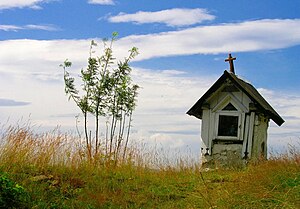
Selected picture 26
Portal:Poland/Selected picture/26

Selected picture 27
Portal:Poland/Selected picture/27

Selected picture 28
Portal:Poland/Selected picture/28
Selected picture 29
Portal:Poland/Selected picture/29

Selected picture 30
Portal:Poland/Selected picture/30
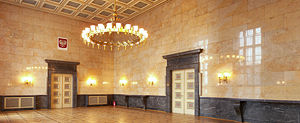
Selected picture 31
Portal:Poland/Selected picture/31
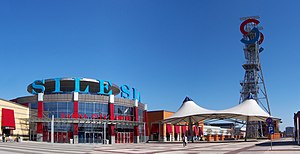
Selected picture 32
Portal:Poland/Selected picture/32

Selected picture 33
Portal:Poland/Selected picture/33
Selected picture 34
Portal:Poland/Selected picture/34

Selected picture 35
Portal:Poland/Selected picture/35
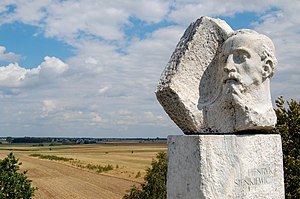
Selected picture 36
Portal:Poland/Selected picture/36

Selected picture 37
Portal:Poland/Selected picture/37

Selected picture 38
Portal:Poland/Selected picture/38

Selected picture 39
Portal:Poland/Selected picture/39
Selected picture 40
Portal:Poland/Selected picture/40
Selected picture 41
Portal:Poland/Selected picture/41
Selected picture 42
Portal:Poland/Selected picture/42

Selected picture 43
Portal:Poland/Selected picture/43

Selected picture 44
Portal:Poland/Selected picture/44
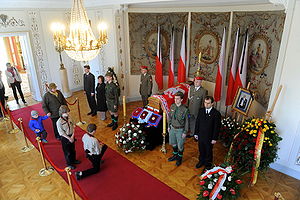
Selected picture 45
Portal:Poland/Selected picture/45
Selected picture 46
Portal:Poland/Selected picture/46
Selected picture 47
Portal:Poland/Selected picture/47
Selected picture 48
Portal:Poland/Selected picture/48
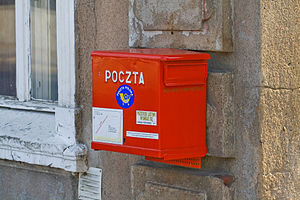
Selected picture 49
Portal:Poland/Selected picture/49
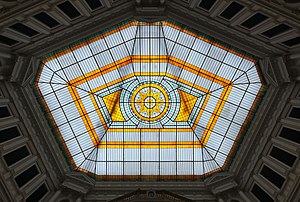
Selected picture 50
Portal:Poland/Selected picture/50

Selected picture 51
Portal:Poland/Selected picture/51

Selected picture 52
Portal:Poland/Selected picture/52
Selected picture 53
Portal:Poland/Selected picture/53
See a version with labeled peaks.
Selected picture 54
Portal:Poland/Selected picture/54

Selected picture 55
Portal:Poland/Selected picture/55
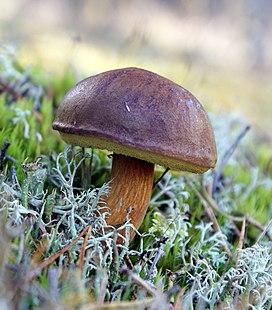
Selected picture 56
Portal:Poland/Selected picture/56
Selected picture 57
Portal:Poland/Selected picture/57
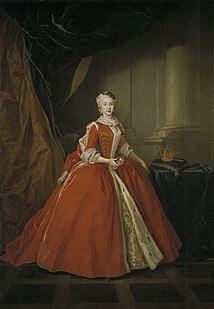
Selected picture 58
Portal:Poland/Selected picture/58
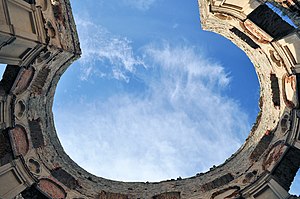
Selected picture 59
Portal:Poland/Selected picture/59
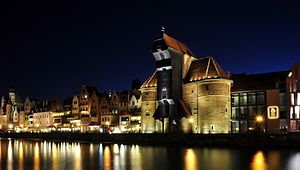
Selected picture 60
Portal:Poland/Selected picture/60
Selected picture 61
Portal:Poland/Selected picture/61
Selected picture 62
Portal:Poland/Selected picture/62
Selected picture 63
Portal:Poland/Selected picture/63

Selected picture 64
Portal:Poland/Selected picture/64
Selected picture 65
Portal:Poland/Selected picture/65
Selected picture 66
Portal:Poland/Selected picture/66

See other denominations.
Selected picture 67
Portal:Poland/Selected picture/67
Selected picture 68
Portal:Poland/Selected picture/68

Selected picture 69
Portal:Poland/Selected picture/69

Selected picture 70
Portal:Poland/Selected picture/70
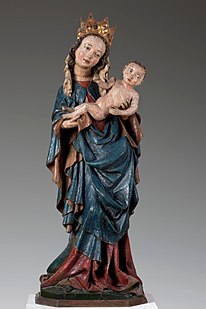
Selected picture 71
Portal:Poland/Selected picture/71

Selected picture 72
Portal:Poland/Selected picture/72

Selected picture 73
Portal:Poland/Selected picture/73

Selected picture 74
Portal:Poland/Selected picture/74
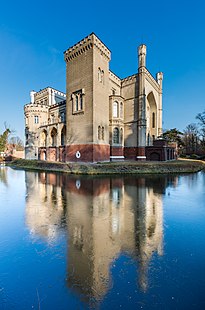
Selected picture 75
Portal:Poland/Selected picture/75

Selected picture 76
Portal:Poland/Selected picture/76
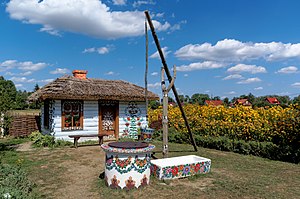
Selected picture 77
Portal:Poland/Selected picture/77
Selected picture 78
Portal:Poland/Selected picture/78

Selected picture 79
Portal:Poland/Selected picture/79

Selected picture 80
Portal:Poland/Selected picture/80

Selected picture 81
Portal:Poland/Selected picture/81
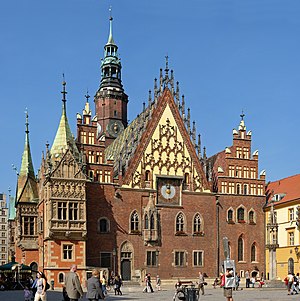
Selected picture 82
Portal:Poland/Selected picture/82
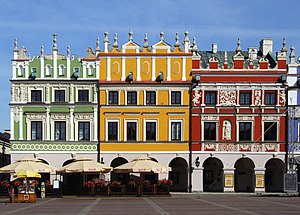
Selected picture 83
Portal:Poland/Selected picture/83

Selected picture 84
Portal:Poland/Selected picture/84
Selected picture 85
Portal:Poland/Selected picture/85
Selected picture 86
Portal:Poland/Selected picture/86
Selected picture 87
Portal:Poland/Selected picture/87
Selected picture 88
Portal:Poland/Selected picture/88





